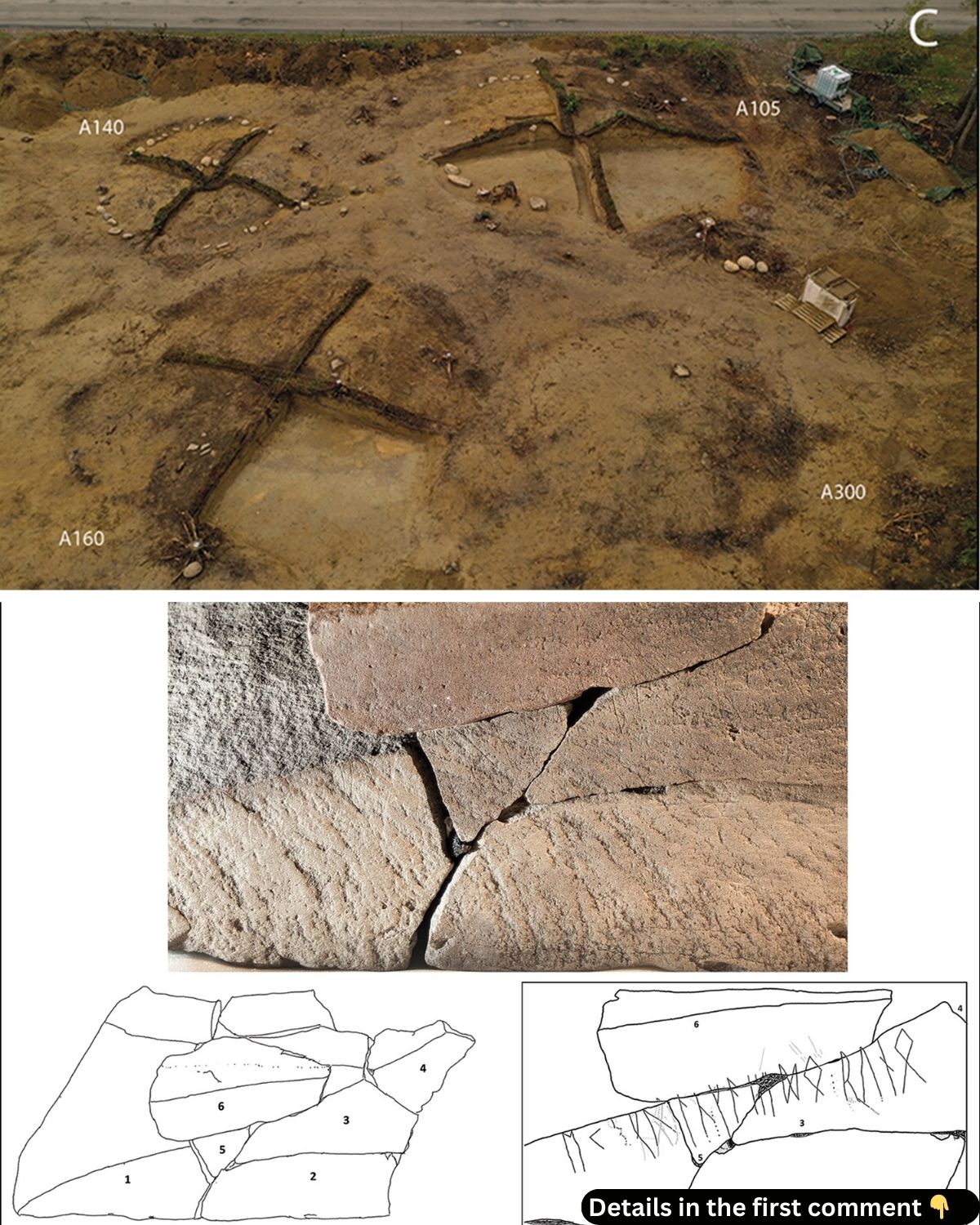The recent discovery of fragments from the world’s oldest rune stone has sent ripples through the archaeological and linguistic communities. Unearthed in the Svingerud burial field, located in Norway, these fragments provide an unprecedented opportunity to explore the early use of runic writing on stone. This extraordinary find sheds light on the development of one of the earliest forms of written communication in Northern Europe, and offers a glimpse into the complex ceremonial and practical roles rune stones may have played in ancient Scandinavian society.
Understanding Runic Writing
Runes are not just simple symbols; they are a key to understanding the culture and history of ancient Germanic peoples. The runic alphabet, used primarily for Germanic languages before the adoption of the Latin alphabet, is an enigma in itself. Its origins remain largely mysterious, and despite centuries of study, the evolution of the script and the exact purpose of many runic inscriptions are still debated.
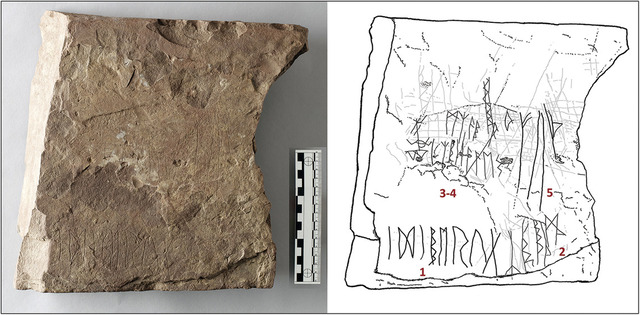
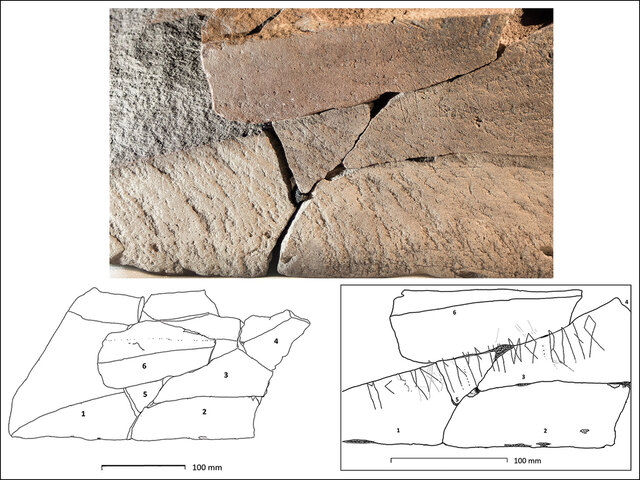
The earliest forms of runic writing began appearing around the 1st century AD. These early scripts, used on a variety of media including metal, wood, and stone, were primarily used for communication and ceremonial purposes. Over time, the use of runes evolved, with certain inscriptions serving as tools of commemoration, marking graves, or perhaps conveying divine messages. Despite the significance of these writings, their origins and development remain somewhat obscure, with most runic inscriptions, including those found in the Svingerud burial field, offering tantalizing glimpses into a culture long past.
Video
Watch this video to explore the discovery of fragments from the world’s oldest known rune stone in Norway, shedding light on early Norse history and language.
The Svingerud Grave Field: A Key Archaeological Site
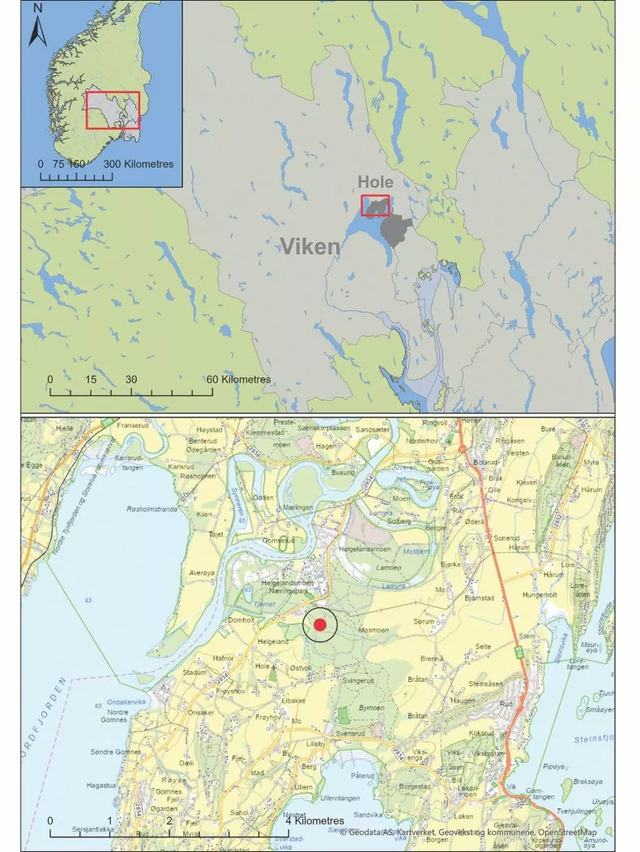
The Svingerud burial field, where these fragments were discovered, is a site of immense archaeological significance. Located in the Hole region of Norway, the field has been the focus of multiple excavation seasons. These excavations revealed a variety of burial types, including large mounds and flat graves. However, it was the discovery of the rune stone fragments that truly captured the attention of researchers.

Archaeologists, after months of careful excavation, uncovered several sandstone fragments scattered among different graves. These fragments, once believed to be unrelated or merely decorative pieces, were found to fit together like pieces of a puzzle. As researchers pieced them together, the fragments revealed inscriptions and markings that provided a window into the early practice of runic writing on stone. The significance of this discovery cannot be overstated: it is the oldest known example of runic writing on stone, dating back to between 50 BC and 275 AD.
The Rune Stone Fragments: Puzzle Pieces of Ancient History
The discovery of the rune stone fragments is nothing short of remarkable. Through painstaking analysis, researchers were able to confirm that the various fragments belonged to a single stone, likely a standing monument that had been broken into pieces and scattered across different graves. This finding challenges traditional notions of rune stones, which were often seen as permanent markers for graves or landmarks.
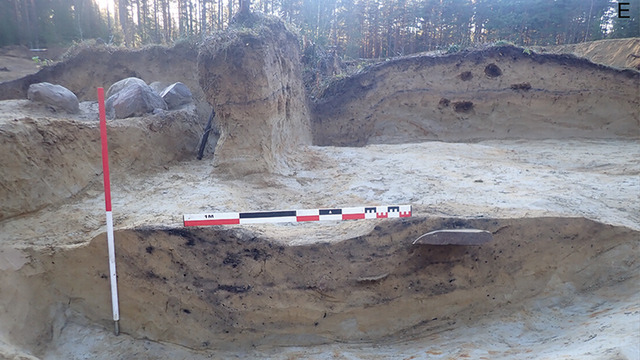
The rune stone itself is inscribed with a mixture of runes and other enigmatic markings. While many of the inscriptions remain undeciphered, some symbols appear to be personal names or references to individuals. One particular inscription features a unique sequence of runes that suggests an early form of the script, bridging the gap between ornamental markings and a more structured writing system. These discoveries have provided fresh insights into how the runic alphabet may have evolved and its usage in early Scandinavian culture.
Theories About the Rune Stone’s Function
The fragmented nature of the stone suggests that it may have served multiple purposes over time. One theory posits that the stone was initially erected as a commemorative marker for a single burial. However, as additional burials occurred in the same location, the stone was intentionally broken and its fragments dispersed among the graves. This could indicate that rune stones were not just symbols of remembrance, but were also used as communal objects, connecting different generations and marking the passage of time.
Another theory suggests that the stone may have been used in a ceremonial capacity, serving as a focal point for rituals or communal gatherings. Given the ceremonial nature of many rune stones in later periods, it is likely that the early rune stone at Svingerud held both symbolic and practical value for the people who created and used it.
Dating the Rune Stone: Radiocarbon Dating and Its Importance
The use of radiocarbon dating was crucial in establishing the age of the rune stone fragments. By analyzing cremated human remains and charcoal found at the site, researchers were able to determine that the stone fragments date back to between 50 BC and 275 AD. This makes it the oldest known rune stone discovered to date. The precise dating of the fragments provides valuable context for understanding the early use of runic writing, which, until now, has been difficult to place chronologically.

Radiocarbon dating is a powerful tool in archaeology, allowing researchers to gain insights into the past that would otherwise be lost. In the case of the Svingerud site, it not only confirmed the age of the rune stone fragments but also helped establish their cultural significance within the broader context of early Scandinavian society.
Symbolism and Significance of the Inscriptions
The inscriptions found on the rune stone fragments are not only valuable for their historical importance but also for their symbolic meaning. While many of the runic symbols remain undeciphered, some fragments reveal a complex system of marks that suggest the beginnings of a more formal writing system. These inscriptions likely held both ceremonial and practical meanings, perhaps marking the graves of important individuals or commemorating significant events.
The idea that the stone fragments were intentionally broken and scattered across different graves further underscores the symbolic importance of the rune stone. It suggests that rune stones were not merely functional objects but carried deep cultural significance, connecting individuals to their ancestors and their community.
The Role of Rune Stones in Burial Practices
Rune stones were often used in burial practices, marking the graves of important individuals or commemorating significant events in the lives of the deceased. The Svingerud rune stone provides a rare glimpse into this aspect of ancient Scandinavian culture, offering clues about the role of rune stones in early funerary practices.
The placement of the rune stone fragments within different graves suggests that rune stones were not only markers of individual graves but also symbols of continuity and connection. By breaking and redistributing the stone, the people of Svingerud may have been reinforcing their communal ties and acknowledging the importance of their shared history.
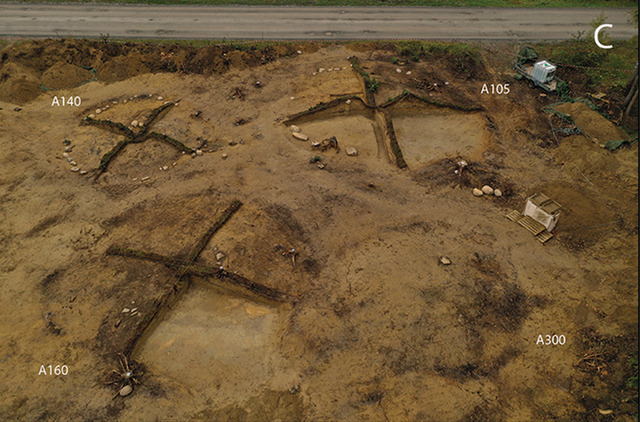
Future Research and Investigations
The discovery of the Svingerud rune stone fragments is just the beginning of what promises to be a fascinating journey into the past. Researchers are eager to continue studying the fragments and to explore new avenues for understanding the development of runic writing. Future investigations at the Svingerud site may yield additional fragments or inscriptions that could provide further insights into early Scandinavian culture and the use of runes.
Additionally, the study of these fragments may help refine our understanding of the evolution of runic writing and its role in early Scandinavian society. As researchers continue to piece together the puzzle of the Svingerud rune stone, we can expect to learn even more about this ancient writing system and the people who created it.
Video
Tune into this video to watch Norwegian archaeologists uncover the world’s oldest runestone, revealing key insights into ancient Norse culture and writing.
Conclusion: The Impact of the Discovery on Runology and Archaeology
The discovery of the world’s oldest rune stone fragments in Svingerud is a milestone in the study of ancient Scandinavian cultures and their use of runic writing. This finding not only expands our knowledge of early rune stones but also challenges traditional ideas about their function and meaning. The fragments offer a rare opportunity to study runic inscriptions in well-preserved, datable archaeological contexts, and they provide a unique glimpse into the ceremonial and practical roles rune stones played in ancient Scandinavian society.
As the study of runes continues to evolve, the Svingerud rune stone fragments will undoubtedly serve as a key reference point for future research. Their discovery marks an important step forward in our understanding of early Scandinavian cultures and the complex symbolism of runic writing. The puzzle of the Svingerud rune stone may be far from solved, but with each new discovery, we move closer to uncovering the mysteries of ancient Scandinavia.
